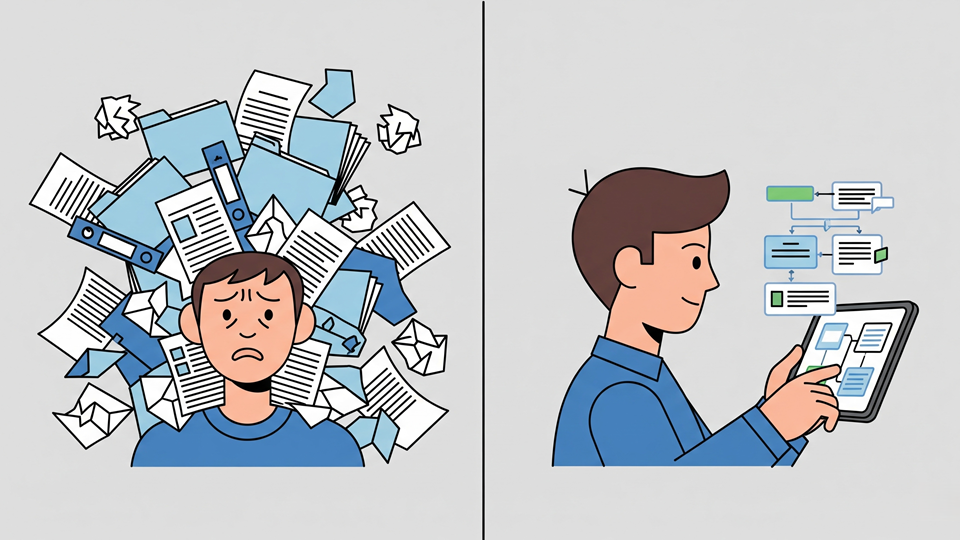Introduction
Hiring is often a balancing act between speed and quality. Move too slowly, and top candidates may accept offers elsewhere. Move too fast, and you risk hiring someone who isn’t the right fit. For growing businesses, finding this balance is critical. Smart hiring is about optimizing efficiency without sacrificing quality, ensuring that every new hire strengthens your team and contributes to long-term success.
Why Speed Matters
Top candidates are typically off the market within 10 days, according to Glassdoor. Delays in scheduling interviews, gathering feedback, or making offers can mean losing talent to faster-moving competitors. Speed in hiring not only secures the best candidates but also reduces the cost per hire and minimizes disruptions caused by unfilled roles.
Example:
A tech startup that streamlined its interview process from 4 weeks to 2 weeks reported a 30% improvement in offer acceptance rates.
Why Quality Cannot Be Compromised
On the other hand, rushing the process can lead to poor cultural fit, high turnover, and wasted resources. According to the U.S. Department of Labor, the cost of a bad hire can be up to 30% of the employee’s first-year earnings. Ensuring quality means carefully assessing skills, cultural alignment, and long-term potential.
Strategies to Balance Speed and Quality
1. Use Structured Screening
Implement structured screening criteria to quickly filter applicants without missing quality candidates. This includes pre-screening questionnaires, skills assessments, or automated resume parsing via an ATS.
2. Streamline Interview Stages
Limit interviews to the stages that truly matter. For example, conduct an initial phone screen, one skills-based interview, and a final culture-fit conversation. Too many rounds slow down the process unnecessarily.
3. Leverage Technology
Applicant Tracking Systems (ATS) and scheduling tools reduce administrative delays by automating communication and calendar coordination. Data-driven insights also help identify bottlenecks in the process.
4. Build a Talent Pipeline
Proactive sourcing allows you to maintain a pool of qualified candidates before positions open. This way, when a role becomes available, you can move quickly without starting from scratch.
5. Train Interviewers
Inconsistent feedback and delays often come from unprepared interviewers. Provide training and structured scorecards to ensure managers assess candidates fairly and efficiently.
6. Set Clear Timelines
Establish time goals for each stage of the hiring process. For instance, aim to review resumes within 48 hours and deliver decisions within a week of the final interview. Setting expectations creates accountability across the hiring team.
The Role of Candidate Experience
Balancing speed and quality also impacts candidate experience. Candidates appreciate transparency, timely communication, and respectful interactions. A streamlined yet thoughtful process enhances your employer brand and increases the likelihood of offer acceptance.
Conclusion
Smart hiring is about striking the right balance: fast enough to secure top talent, but thorough enough to ensure quality. By leveraging technology, creating structured workflows, and training hiring managers, businesses can build a process that is both efficient and effective. Remember: speed gets you talent, but quality keeps it. The art of smart hiring lies in mastering both.





